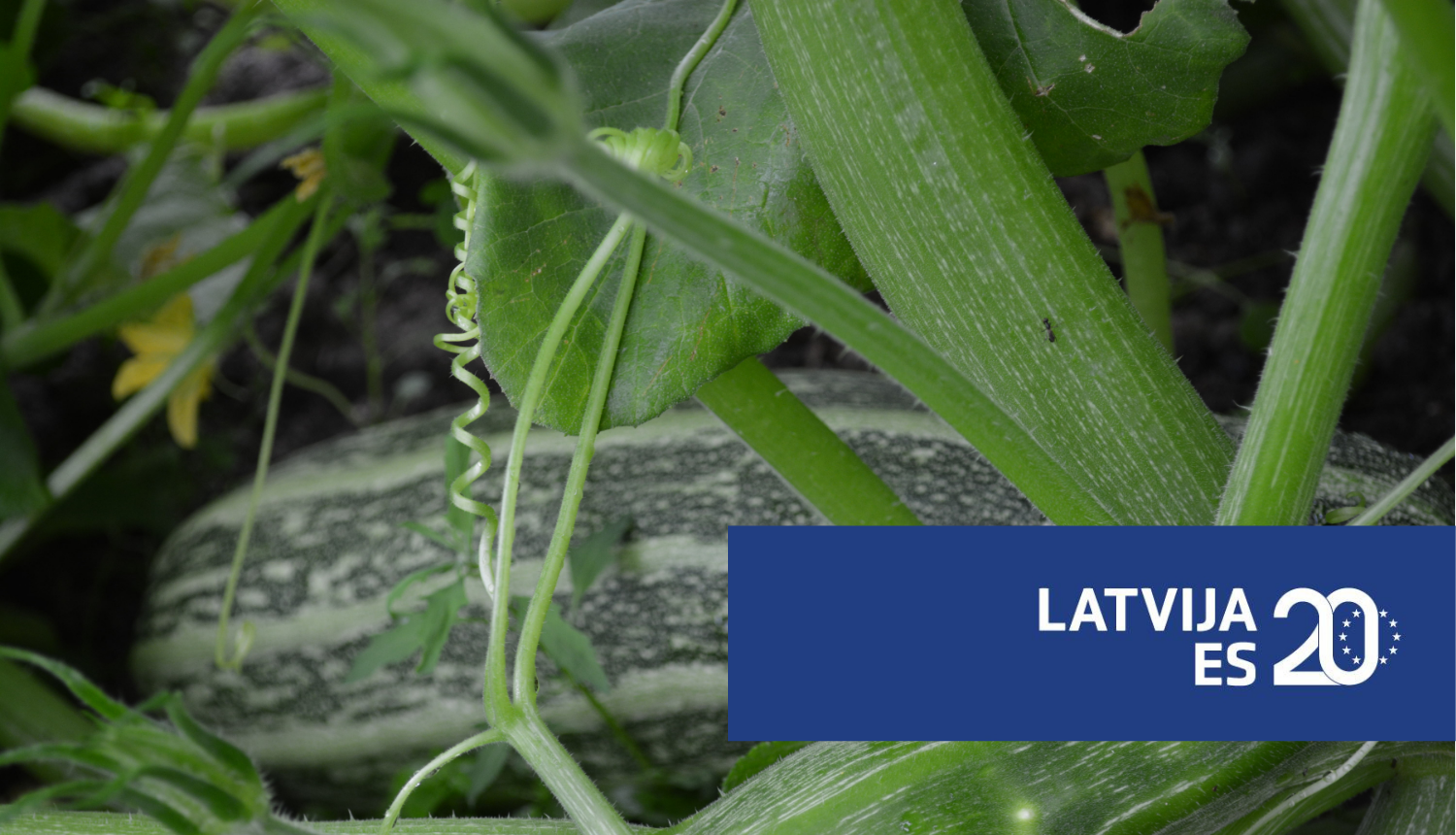Past 20 years, since Latvia is in European Union, much attention has been paid to environmental and climate issues. In agriculture, environmental protection, biodiversity and climate change mitigation requirements are set in various support measures in order to promote the efficient use of resources and sustainable land management. One of the agricultural priorities is organic farming.
What are main requirements of green farming? Some examples
Starting from 2009, in order to receive Single Area Payments, it was necessary to comply with a set of mutual compliance requirements: food safety, animal health and welfare, public health, plant health, as well as conditions for the preservation of permanent meadows, pastures and good agricultural and environmental conditions.
From 2015, the Greening Payment was introduced for observing agricultural practices favorable to the climate and the environment, for example, farmers had to diversify crops, create and maintain ecologically important areas, etc.
Starting from 2023, the Greening Payment is replaced with the Support for Eco-schemes. For example, support can be received for climate and environmentally friendly agricultural practices, for agroecological practices in organic farms, for agricultural practices that reduce nitrogen and ammonia emissions and pollution.
The Compensation Payment for Natura 2000 in forest areas is also important support measure.
Biological farming
In Latvia, organic farming sector continues to develop and plays a crucial role in achieving the goals of sustainable development. Farmers who follow organic farming practices are granted with additional support. Support is also available for investments to promote efficient use of resources and sustainable land management.
The number of organic farms is increasing - in 2005, 2,838 farms were organically farmed, in 2023 there are 3,610 organic farms and they manage 16% of all agricultural land. Structural changes are taking place in organic agriculture - there is tendency to decrease the number of small farms (0-30 ha) and their managed area, while the number and managed area of large farms (100 ha and more) have been significantly increasing in recent years.
More information is available in the infographic.




